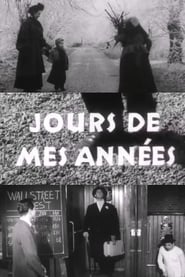detail profile pierre schaeffer
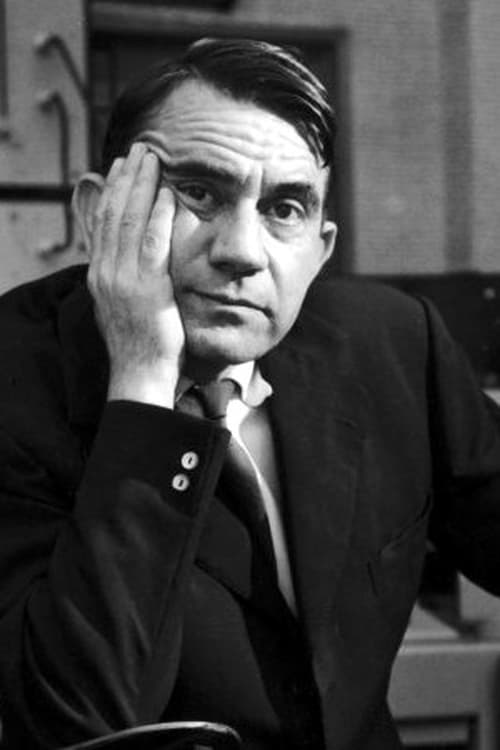
Riwayat Hidup
Pierre Henri Marie Schaeffer (14 August 1910 – 19 August 1995) was a French composer, writer, broadcaster, engineer, musicologist, acoustician and founder of Groupe de Recherche de Musique Concrète (GRMC).
His innovative work in both the sciences—particularly communications and acoustics—and the various arts of music, literature and radio presentation after the end of World War II, as well as his anti-nuclear activism and cultural criticism garnered him widespread recognition in his lifetime.
Amongst the vast range of works and projects he undertook, Schaeffer is most widely and currently recognized for his accomplishments in electronic and experimental music, at the core of which stands his role as the chief developer of a unique and early form of avant-garde music known as musique concrète.
The genre emerged in Europe from the utilization of new music technology developed in the post-war era, following the advance of electroacoustic and acousmatic music.
Schaeffer's writings (which include written and radio-narrated essays, biographies, short novels, a number of musical treatises and several plays) are often oriented towards his development of the genre, as well as the theoretics and philosophy of music in general.
Today, Schaeffer is considered one of the most influential experimental, electroacoustic and subsequently electronic musicians, having been the first composer to utilize a number of contemporary recording and sampling techniques that are now used worldwide by nearly all record production companies.
His collaborative endeavors are considered milestones in the histories of electronic and experimental music.
Schaeffer was born in Nancy in 1910.
His parents were both musicians (his father a violinist; his mother, a singer), and at first it seemed that Pierre would also take on music as a career.
However his parents discouraged his musical pursuits from childhood and had him educated in engineering.
He studied at several universities in this inclination, the first of which was Lycée Saint-Sigisbert located in his hometown of Nancy.
Afterwards he moved westwards in 1929 to the École Polytechnique in Paris and finally completed his education in the capital at the École supérieure d'électricité, in 1934.
Schaeffer received a diploma in radio broadcasting from the École Polytechnique.
He may have also received a similar qualification from the École nationale supérieure des télécommunications, although it is not verifiable as to whether or not he ever actually attended this university.
.
.
.
Source: Article "Pierre Schaeffer" from Wikipedia in english, licensed under CC-BY-SA 3.
0.
Info Pribadi
Peran Yang Di Mainkan Pierre Schaeffer
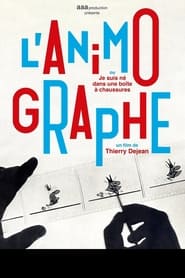 The amazing story of the animograph...
The amazing story of the animograph...The Animograph, or I Was Born in a Shoebox 2022
The amazing story of the animograph, a machine created in France in the sixties by the cartoonist and self-taught inventor Jean Dejoux (1922-2015), whose creation was intended to revolutionize the animation industry.
 The amazing story of electronic music...
The amazing story of electronic music...Electronic Vibrations: A Sound Changes the World 2022
The amazing story of electronic music: its epic journey from its origins in Europe, at the hands of the great artists of the post-war classical avant-garde, to the great post-industrial cities of the USA, where this genre of genres took over music stores, shady clubs and, eventually, the big stages.
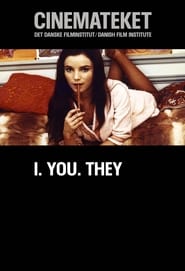 Little did this pretty brunette know...
Little did this pretty brunette know...I. You. They. 1973
Little did this pretty brunette know when she applied for a babysitting job that her employer was an artist and that everything at his place differed from the outside world. What struck her the most was to find out that her boss had shrunk his wife and kept her in the fridge in order, as he said, to keep her safe from a hostile world!
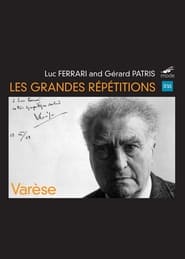 Edgard Varse died on 6 November 1965 a...
Edgard Varse died on 6 November 1965 a...The Great Rehearsals: Homage to Edgard Varèse 1966
Edgard Varèse died on 6 November 1965, a few days before the filming of the rehearsal of his work "Déserts" which he had to attend.
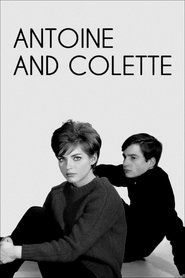 Now aged 17 Antoine Doinel works in...
Now aged 17 Antoine Doinel works in...Antoine and Colette 1962
Now aged 17, Antoine Doinel works in a factory which makes records. At a music concert, he meets a girl his own age, Colette, and falls in love with her. Later, Antoine goes to extraordinary lengths to please his new girlfriend and her parents, but Colette still only regards him as a casual friend. First segment of “Love at Twenty” (1962).
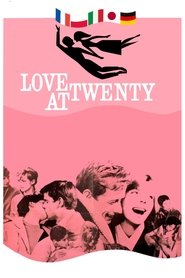 Love at Twenty unites five directors...
Love at Twenty unites five directors...Love at Twenty 1962
Love at Twenty unites five directors from five different countries to present their different perspectives on what love really is at the age of 20. The episodes are united with the score of Georges Delerue and still photos of Henri Cartier-Bresson.
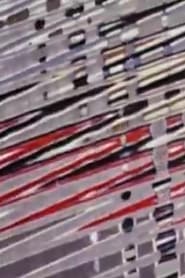 The pace is the oscillation that...
The pace is the oscillation that...Etude aux allures 1960
The pace is the oscillation that results from the maintenance of a sound, the internal rhythm of its sound structure, which makes it live and change from its emission until its extinction. In this study, the painter Raymond HAINS attempts a visual transposition of this acoustic law by filming his works through fluted lenses directly attached to the camera creating optical vibration effects that animate the shapes and colors and produce a colorful rhythm.
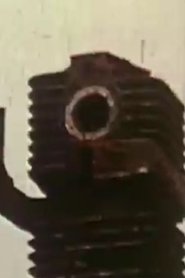 The film is an apology of...
The film is an apology of...Animated Objects 1960
The film is an apology of movement, made here by a short editing pushed to the extreme.
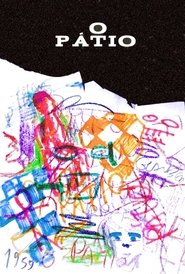 A man and a woman are...
A man and a woman are...O Pátio 1959
A man and a woman are laying on a chess-like patio. Both are trying to reach each other in the best way they can. However, for some odd reason they don't get on their feet, they don't talk to each other, and the only sounds heard are voices coming from a radio and strange sounds that seem to indicate something's about to happen.
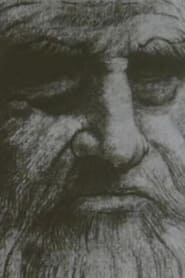 A portrait of the artist as...
A portrait of the artist as...Leonardo Da Vinci The Tragic Pursuit of Perfection 1953
A portrait of the artist as a "sublime demon with the archangel's face", with an innovative musique concrète soundtrack.
